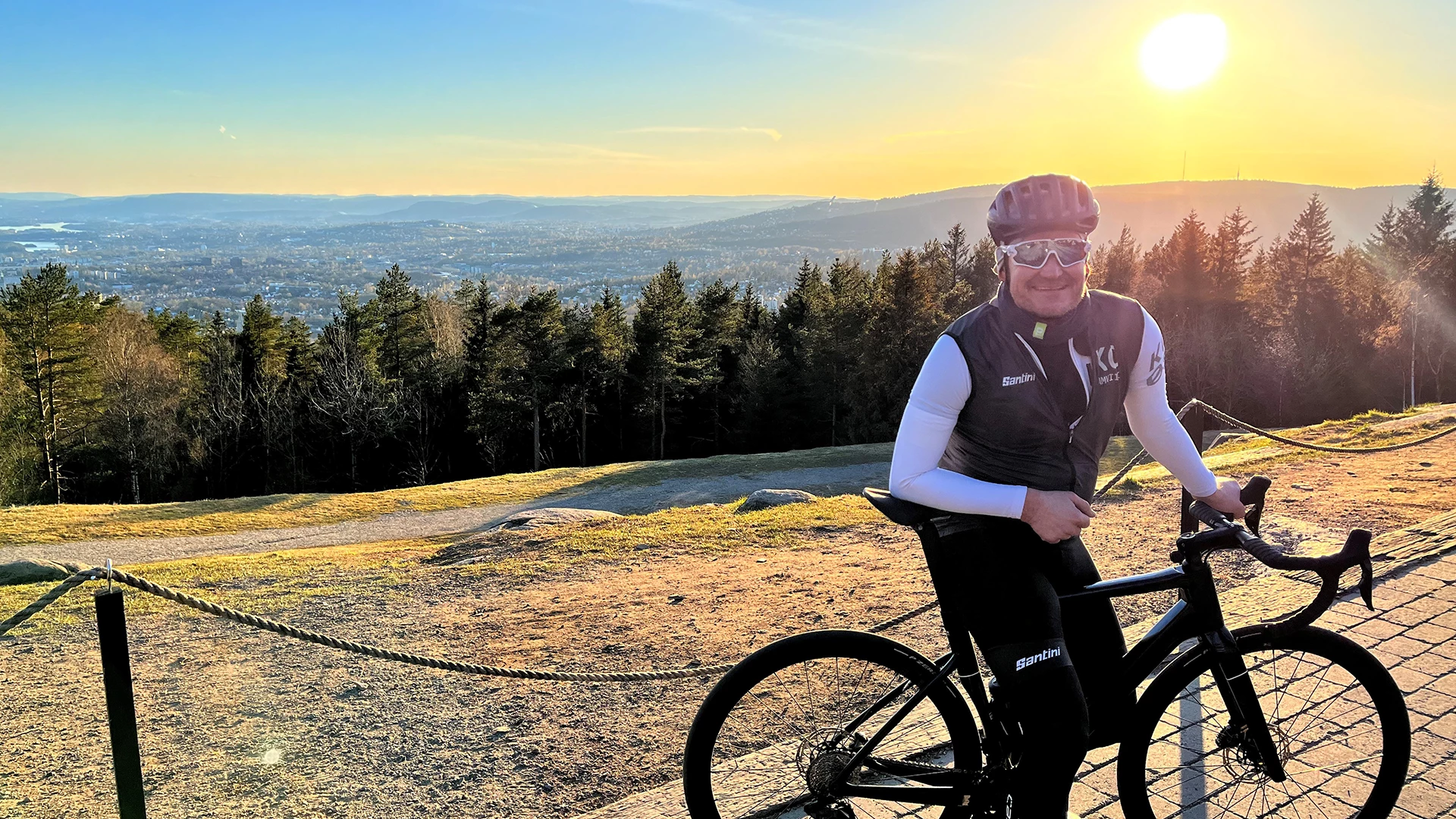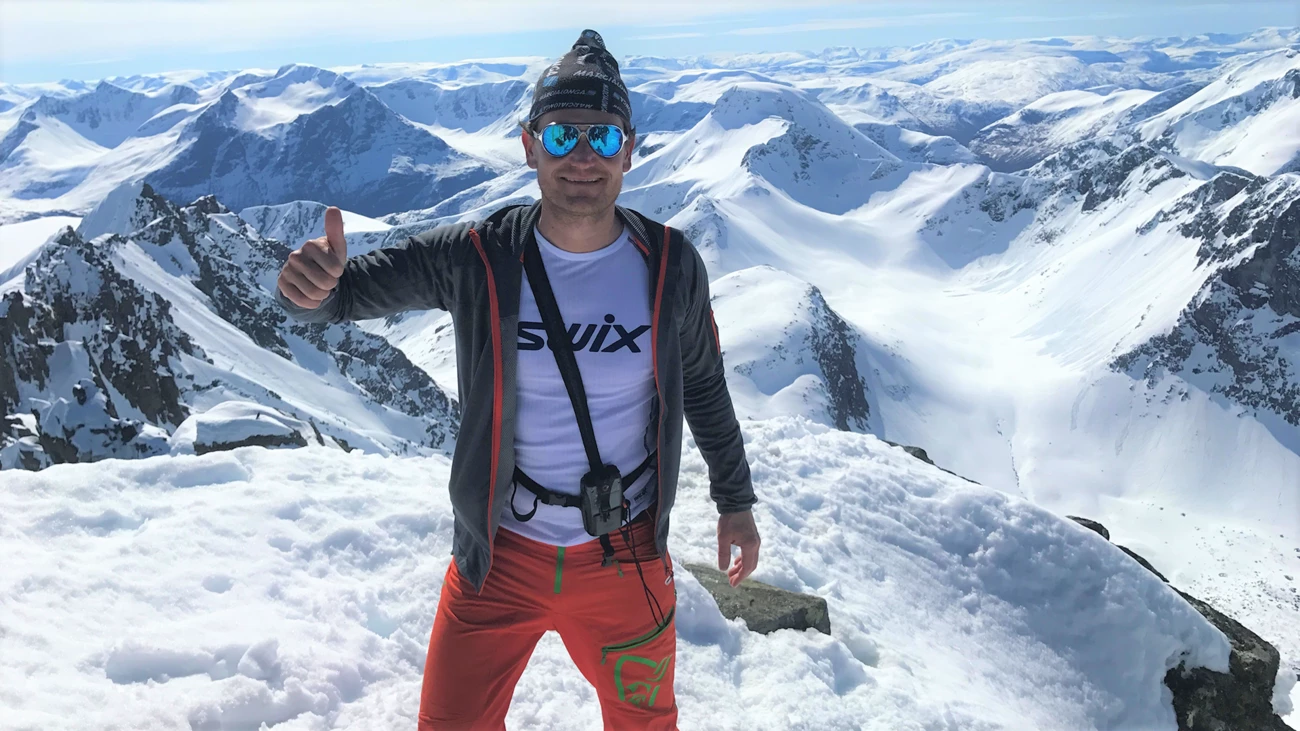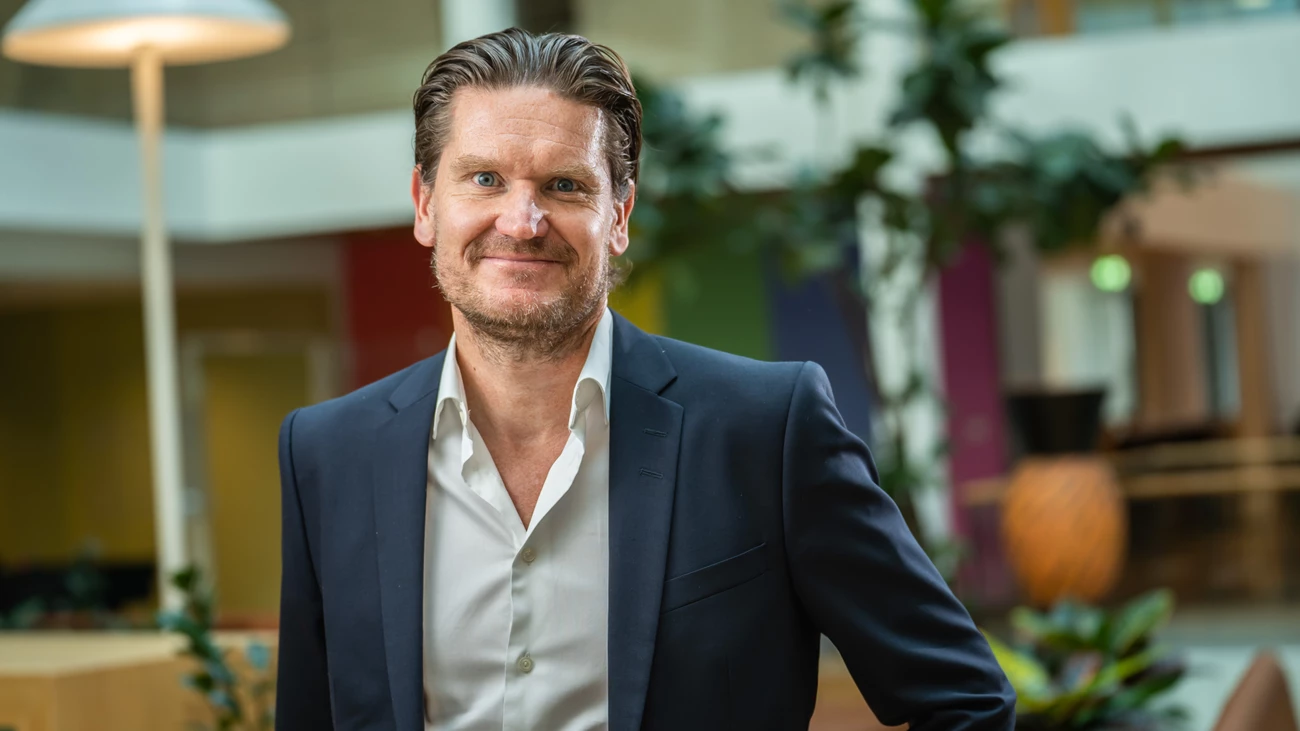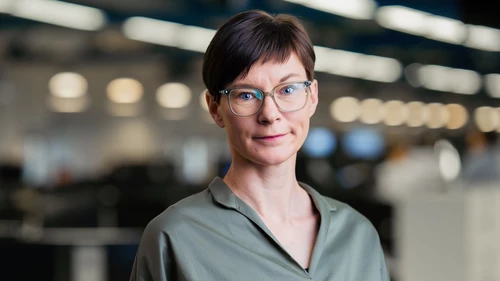Passion and a knack for storytelling
- What are your key tasks as a chief economist?
“The goal is always to help strengthen Nordea’s credibility as a financial partner. We always aim to be seen as knowledgeable, credible, sensible and trustworthy. We’re always commenting on things. It’s a repetitive game. We’re not always right, but the stories we tell must be understandable. We must inspire confidence.”
Kjetil Olsen leans across the table. It’s clear he’s passionate both about his profession and his role as a chief economist. He points to passion for economics and a knack for storytelling as keys to success.
“You always need to be on your toes. We’re constantly being bombarded with news and data. The trick is to see how events play into the big picture, to do it fast and then make it into a good story,” he says.
Meeting customers energises Kjetil Olsen the most in his job. Presentations, analyses and stories about economics that lead to dialogue and discussion.
“Then it’s really fun to be at work,” he says.
From the military to university
Growing up in Linderud in Groruddalen (Oslo), cross-country skiing was life. Kjetil Olsen trained a lot and competed for several years for Linderud IL. The club has a long tradition and has also produced Olympic winner and seasoned cross-country skier Øystein Pettersen.
“When I was a child I dreamt about becoming a skier. Life was all about cross-country skiing until I was 20 years old,” he says.
It was a bit of a coincidence that Nordea’s chief economist started studying economics. Kjetil Olsen and a friend were both in the military when they visited the University of Oslo. Kjetil Olsen’s first choice of study was engineering, but at an open day at the university, they were both asked to take a test.
Passing the test increased his chances of getting into the university’s economics programme and not least finishing military service before time.
“It felt very nice to ‘demob,’” Kjetil Olsen says with a smile.
So the young student started studying economics at the University of Oslo. It wasn’t entirely unknown territory as Kjetil Olsen had an uncle who was an economist and the head of the Norwegian Savings Banks Association. His uncle had spoken warmly about the profession, but Kjetil Olsen didn’t know much other than it was a good education.
“I just started and then I found myself getting more and more interested,” he remembers.
- What advice would you give young students trying to find their way in life?
“Find a study programme that engages you, that you thrive in and that you can see yourself doing for a living. It may not tick all the boxes all at once, but you have to give things a chance. But if you’re in your second or third year and you feel you’ve lost your drive, it may be time to reconsider and perhaps choose a different path. It shouldn’t just be hard work to finish your studies. It should be fun, something you’re passionate about,” he says.








